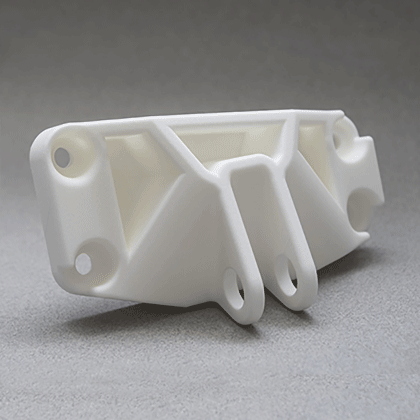In the realm of 3D printing, the laser sintering service stands out as a revolutionary technology that has transformed manufacturing processes across various industries. But what exactly is laser sintering, and how does it work? This article aims to provide a comprehensive understanding of this innovative technique.

What is Laser Sintering?
Laser sintering is an additive manufacturing process that utilizes a high-powered laser to fuse powdered materials, typically plastics or metals, into solid structures. The process begins with a digital 3D model, which is sliced into thin layers. The laser selectively melts the powder, layer by layer, to create a fully realized object. This method is particularly valued for its ability to produce complex geometries that traditional manufacturing methods cannot achieve.
How Does the Laser Sintering Service Work?
The operation of a laser sintering service can be broken down into several key steps:
- Preparation: The first step involves preparing the 3D model and converting it into a format suitable for the laser sintering machine.
- Layering: A thin layer of powder is spread across the build platform.
- Laser Activation: The laser scans the surface, melting the powder in specific areas according to the design.
- Cooling: After the laser completes its path, the platform lowers, and a new layer of powder is applied.
- Post-Processing: Once the object is fully formed, it undergoes cooling and may require additional finishing processes.
This intricate process allows for high precision and the ability to create intricate designs that are often impossible with traditional manufacturing techniques.
Applications of Laser Sintering
The versatility of the laser sintering service has led to its adoption in various fields, including:
- Aerospace: Lightweight components that meet stringent safety standards.
- Automotive: Prototyping and production of complex parts.
- Medical: Custom implants and prosthetics tailored to individual patients.
- Consumer Products: Rapid prototyping for product development.
These applications highlight the potential of laser sintering to enhance efficiency and innovation in manufacturing.
Why Choose Laser Sintering Services?
Choosing a laser sintering service can provide numerous advantages, such as:
- Reduced lead times for product development.
- Cost-effectiveness for small production runs.
- Ability to create lightweight and durable components.
In conclusion, the laser sintering service is a powerful tool in the world of additive manufacturing. Its ability to produce complex, high-quality parts makes it an invaluable resource across various industries. For those interested in exploring more about 3D printing technologies, consider checking out  .
.








